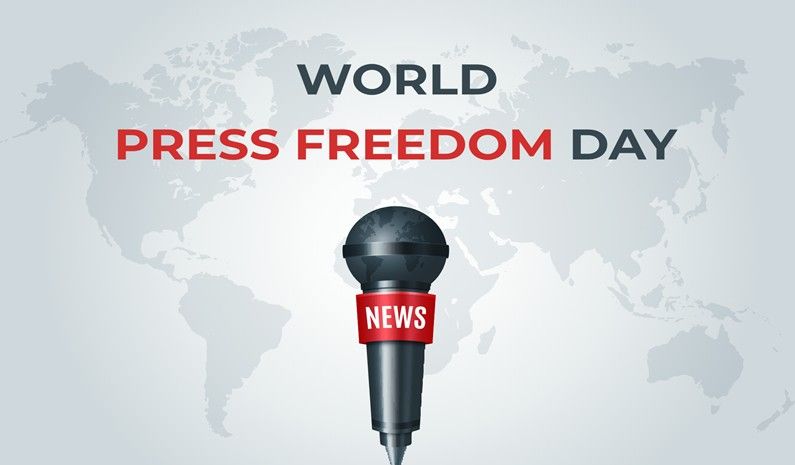
A Day to Reflect and Act
May 3, 2025, marks World Press Freedom Day, a day dedicated to honouring the vital role of journalism in safeguarding democracy and promoting transparency. This year’s theme, “Reporting in the Brave New World: The Impact of Artificial Intelligence on Press Freedom,” underscores the evolving challenges faced by the media in the digital age. However, an equally pressing concern highlighted on this day is the perilous state of environmental journalism.
The Perils of Environmental Reporting
Environmental journalists are increasingly becoming targets of violence and intimidation. A UNESCO report reveals that over 70% of environmental journalists have faced some form of violence or harassment since 2009, with at least 749 documented cases. These attacks range from physical assaults to arbitrary detentions and, tragically, even murder. Between 2009 and 2023, 44 environmental journalists were killed, yet only five perpetrators were convicted. State actors were responsible for nearly half of these attacks, highlighting the dangers faced by journalists reporting on issues like deforestation, pollution, and land conflicts.
The Role of Journalism in Combating Climate Change
Journalists play a crucial role in informing the public about the environmental challenges we face. Accurate and timely reporting on climate change, biodiversity loss, and pollution is essential for holding powerful actors accountable and mobilizing collective action. In many regions, independent media outlets, especially community radios, serve as the primary source of information during environmental disasters, providing life-saving updates and guidance to affected populations.
The Threat of Misinformation
In the digital age, the spread of misinformation poses a significant threat to environmental journalism. False narratives and misleading information about climate change can undermine public trust in scientific findings and hinder efforts to implement effective policies. UNESCO emphasizes the need for journalists to combat disinformation by providing accurate, science-based reporting that fosters informed public debate and supports sustainable development.
The Intersection of Art and Journalism
Recognizing the power of storytelling, UNESCO has encouraged the fusion of journalism and art to raise awareness about environmental issues. In 2024, an innovative collaboration in Chile transformed investigative environmental reports into compelling art installations. These installations depicted the impacts of plastic pollution and other environmental crises, bridging the gap between scientific data and public understanding. Such creative approaches not only engage audiences but also amplify the message of environmental urgency.
A Call to Action
World Press Freedom Day serves as a reminder of the indispensable role of journalists in our society. As we confront the escalating environmental crises of our time, it is imperative that we support and protect those who risk their lives to inform the public. Governments, media organizations, and civil society must collaborate to ensure the safety of environmental journalists and uphold the principles of press freedom. Only through a free and independent press can we hope to address the challenges of climate change and build a sustainable future for all.
On this World Press Freedom Day, let us reaffirm our commitment to defending press freedom and supporting the courageous journalists who are at the forefront of the battle for environmental justice.





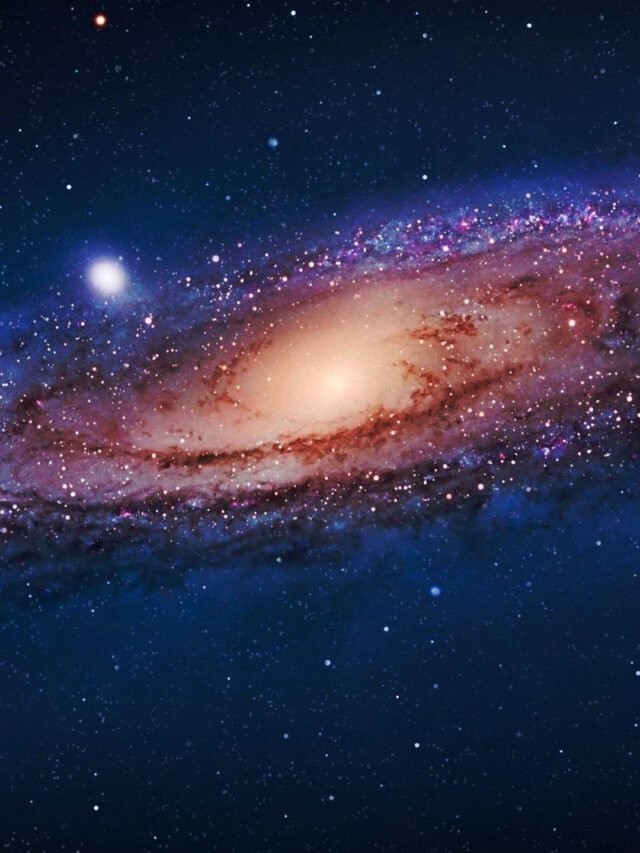















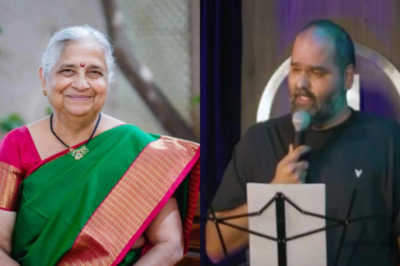



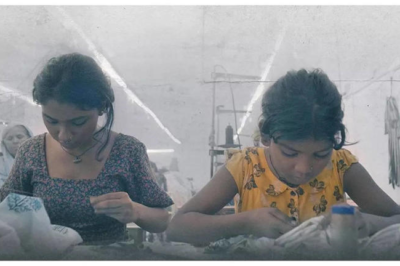


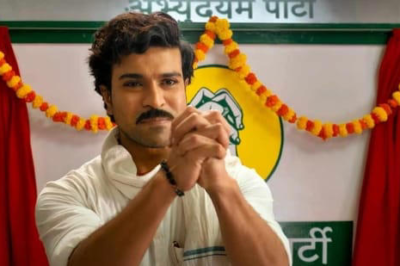




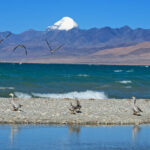


Leave a Reply